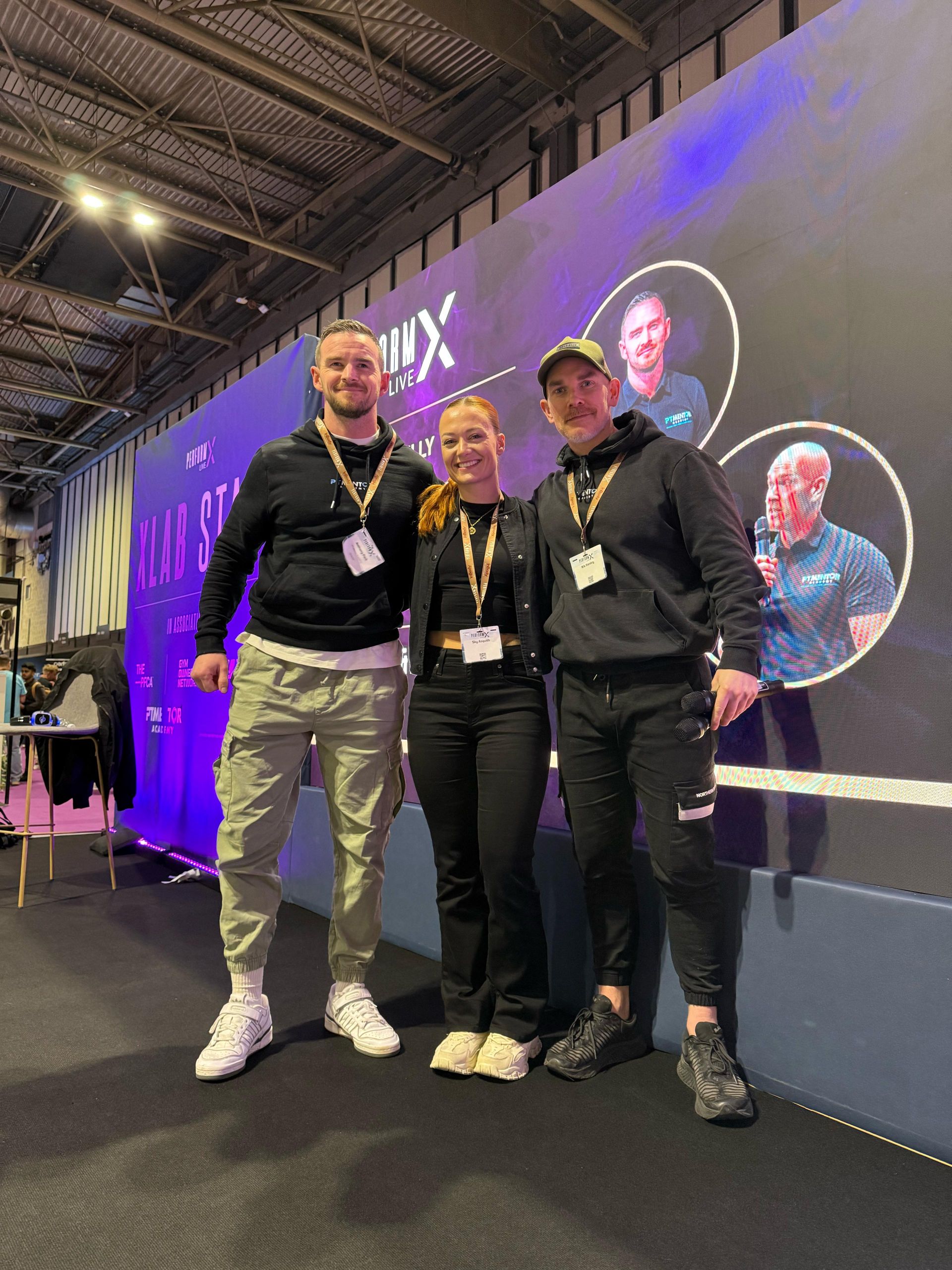The reason is, I see so many coaches fall into this behaviour through sheer good intentions of trying to help their clients no matter what ... but is it really helping? thats the questions we need to look at and answer.
The rescuer will try and fix all problems as fast as possible.
They will offer suggestions and fixes (mostly based on their own bias's) ... and even though the suggestion gets met with little resistance.
The competency of the client is not considered enough ... and the autonomy isn't present.
Simply put. ... you'v told them what to do in a way which sets them up to fail. (90% of the time).
And this isn't just some flash ion the pan statement, it literally s=does the opposite of what you actually want to happen.
But ... this approach is a default setting ... and "reaction" the the information coming to you from clients.
And, this is hard because you don't want them to think that you don't know the answer to their problem ... but in trying to fix the problem quickly to save face ... you will literally dot he opposite.
So instead of the above ... here's what to do next time ...
Your response should sound something like the below;
"Great, let me make sure I haven't missed anything here John"
"You're finding it increasingly frustrating by not seeing the scale weight go down?, but you know you are indulging more than you think you should at the weekend?"
"Did I miss anything?, is there anything else?"
"Great, I'm curious, what do you think is main reason why you're not seeing the weight on the scale drop?"
"Brilliant!, and what do you think you should be doing moving forward to support that goal os session the scale drop down?"
"You not sure?, no worries, would you like. few suggestions that we can explore to see which one fits you the best?"
See regardless of what needs to be done, you already no how to fix thing thing with the methods.
And that'd wont matter if its muscle gain, challenge on getting tot he gym, eating ... what ever it is.
You need to actively listen to your client and help them tot he answer, whilst sense checking that you're creating autonomy, and ensuring that before they go away you have made sure together you have small steps that are free of obstacles and the client has a feedback loop to close once they have tried the first small step.
There ar times to tell ... but thats not at the beginning.
And it seminally shouldn't be solely based on "whats worked for you before".
Apply this curiosity based client centred approach on your end t challenge with clients.




